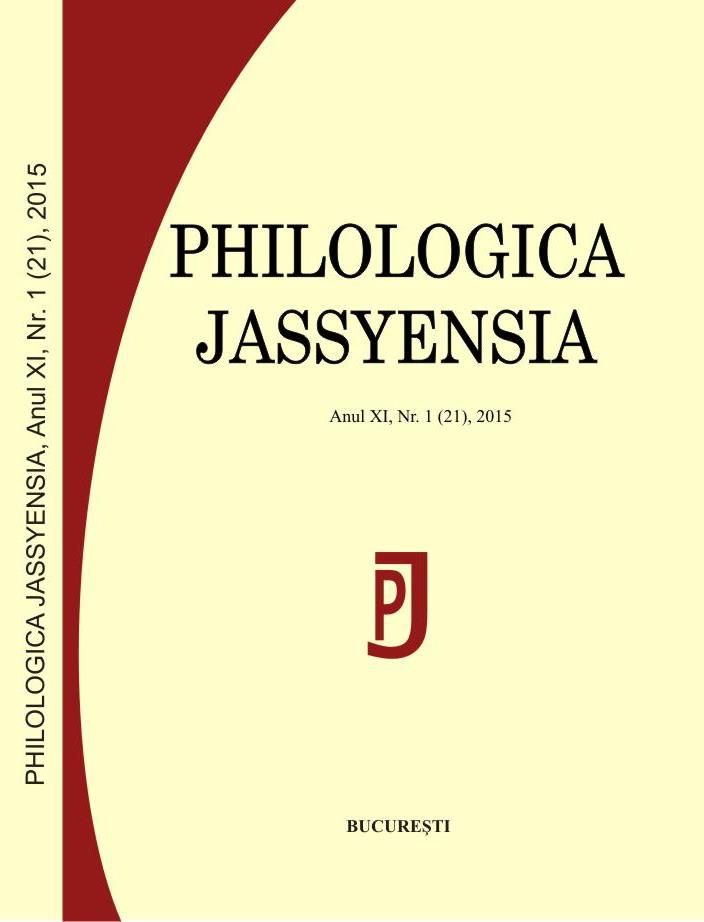„Partizanatul fanatic”. O interogaţie despre obsesia Modelului în critica literară
“Fanatical Partisanship”. Some Questions on the bsession for Model in Literary Criticism
Author(s): Raluca PERŢA DUNĂSubject(s): Language and Literature Studies
Published by: Editura Tracus Arte
Keywords: Model; postwar poetry; the anxiety of influence; Harold Bloom; American poetry; Emerson
Summary/Abstract: This article focuses on the problem of Model, in literary criticism, from a theoretical point of view, trying to put forward some questions on the nature of the Model literary critics had in mind when constructing their systems or simply when rejecting or, on the contrary, when praising a poet. The author of this article started from the general sense that Romanian critics have always been akin to Models, and an important critic like G. Calinescu may illustrate this tradition, in terms of rhetoric, critical style, but also on ideological grounds. Romanian postwar modernist and postmodernist critics alike propose theories, canons etc. which are founded on a Model, chosen and applied consciously or not. The model, in this view, shares elements with similar concepts like literary canon or paradigm, but a Model would prevail over them hierarchically. Model is endowed wih a more complex and profound value and it pre-determines the deliberate or „obsessional” choices of the critic (we use the suggestions of a unique book in Romanian culture, that of professor Mircea Martin, on the obsessional nature of Calinescu’s criticism). We chose a relevant fragment from a book by Nicolae Manolescu, who most tried, among Romanian postwar critics, to deliver a complete and undiscusable literary canon, even if of a postmodernist type. This fragment talks of the “great poet”, maybe not yet born, in terms of a literary messiah. This crucial fragment would be the starting point of the comparison to another theory of the Model, developed by the famous American critic Harold Bloom, in his many books and also in his articles published in important journals like “The Guardian”, “New Statesman” etc. The main purpose of the comentary is to grasp the ideological, cultural, political and religious meanings Harold Bloom invested in his theory of the American model – Emerson. The portrait he renders of this national, foundling father of the American spirit is extremely eloquent for the more profound meaning of his theory. The literary model is not only a matter of literature and culture, the national ideology does not explain the paroxism, the sublime invested in it. In the most recent article on Emerson, Bloom clearly deconspires the religious (Iudaic) meaning of his literary perspective. Putting together all these relevant fragments and analysing the system Bloom made of different pieces, across decades, permits us to perceive the profound meaning of his theories (the theory on sublime, the anxiety of influence): all is about the religious nature of the Model and about the religious “expectation” of the critic, himself a sort of messiah. The great Poet – the “not yet born” or that to come – is a sort of a “literary messiah”. It is a perspective that has to be reinvented, says Bloom, in the Age of media Disinformation.
Journal: Philologica Jassyensia
- Issue Year: XI/2015
- Issue No: 1 (21)
- Page Range: 85-92
- Page Count: 8
- Language: Romanian

